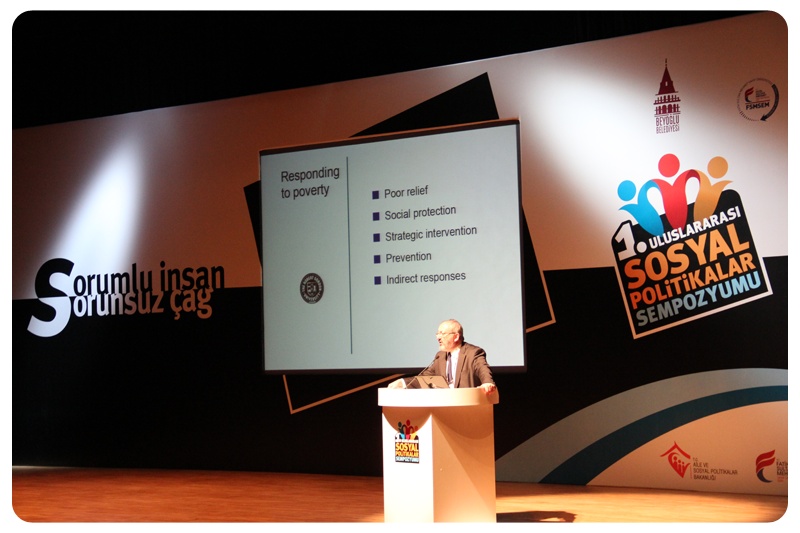The Think Tank Demos has published a report about multiply disadvantaged families in Scotland. Families are described as “multiply disadvantaged” if they meet four or more of seven criteria:
- low income
- worklessness
- no educational qualifications
- overcrowding
- ill health
- mental health problems
- poor neighbourhood.
There are 131,000 households who are multiply disadvantaged by this definition. Of those, 52,000 are pensioners, and 55,000 are households without children; 24,000 are households with children. The category of pensioners is based on 3 criteria of 6, because it excludes worklessness; overcrowding is not really a useful indicator either.
This is not the same test as the Westminster government uses for its definition of “troubled families”. That test is based on them meeting five of the following seven criteria:
- having a low income,
- no one in the family who is working
- poor housing,
- parents who have no qualifications,
- where the mother has a mental health problem
- one parent has a long-standing illness or disability, and
- where the family is unable to afford basics, including food and clothes.
The overlap between the criteria does make it plausible to suggest, though, that someone who is “multiply disadvantaged” in the Demos report will probably also score four or more on the “troubled families” score. As the Demos authors note, there is no implication that families who are disadvantaged in these terms present problems for other people – but there is no reason to suppose that from the criteria for “troubled families” either. And there has to be some suspicion about the tenor of a report which goes on to tie the characteristics of poverty to alcohol, drug use and child neglect – none of which applies to most, or even to many, of the families identified through these statistics.
The finding that there are only 24,000 families with children in Scotland who are multiply disadvantaged even on as few as four indicators does raise some questions about the direction of policy, which has tended to focus on the characteristics and culture of poor people as something set apart. There are some points to draw from the figures:
- Scotland is a society where more than one person in six of working age receives an ‘out of work’ benefit, and a quarter of Scotland’s children are in low income households – but the vast majority of people in this position are not ‘multiply disadvantaged’ by the definitions in this report
- showing that social problems are more prevalent than elsewhere does not mean that they are actually likely – most people who are ‘multiply disadvantaged’ do not have them
- if the number of families who might be said to be multiply disadvantaged by these criteria is small, the numbers who might after that be said to suffer ‘intergenerational deprivation’ in these terms is, necessarily, smaller still
- while multiple disadvantage is a legitimate cause of concern in itself, it is neither typical of poor families or commonplace.
It makes sense to design policies that can effectively reach people who are most disadvantaged. Poverty in Scotland is much more widespread, however, and it makes no sense to make such policies the basis for anti-poverty strategy more generally.
